The harvest of the new walnut season has already started in Chile, the largest player in this industry in the southern hemisphere, and the campaign is beginning with good prospects.
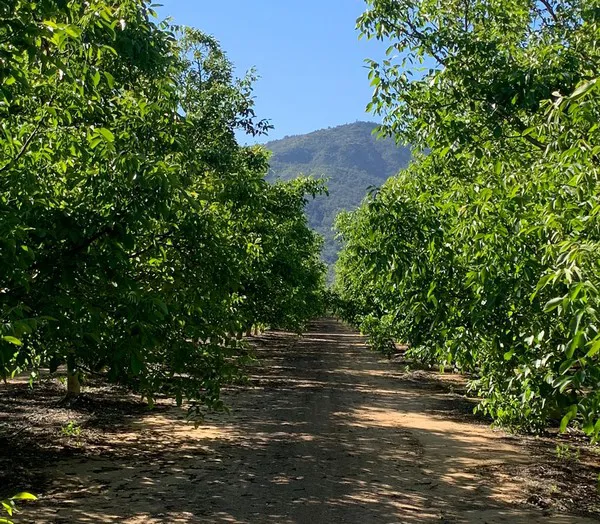
"In the previous two seasons, those of 2020 and 2021, there has been a growing demand for nuts, especially walnuts. Much of the increase in Chilean nut sales is attributable to the pandemic, as consumers have been choosing healthier and more affordable foods," says Karl Samsing, CEO of Valbifrut, "but also to the fact that Chile has been making slow but steady progress in the mechanical cracked nut market."
"Historically, Chile was a producer that offered shelled and hand-cracked walnuts, but due to the country's labor situation and the costs involved, hand-cracking has become practically unfeasible. Today it does not represent even 10% of the total production in Chile, while years ago it accounted for more than half."
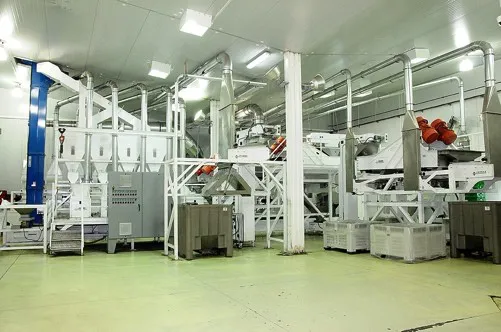
Mechanical cracking line and electronic selection .
"All of Chile's growth has been developing hand in hand with mechanical cracking, which obviously requires better technology both for cracking and electronic selection, and little by little, Chilean producers and exporters have been positioning their products, especially in the European market. Europe is our main destination, as we also pay lower tariffs there than in the United States, and we have the advantage of offering an off-season product."
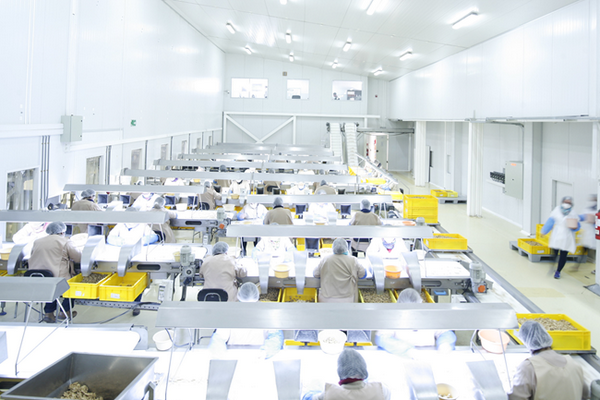
Sorting process at the facilities of Valbifrut.
"We have gradually been gaining ground in the European market, so today all the major buyers on the continent work with Chile during the buying campaign of the second half of the year. They are supplied by the United States from October to April, and by Chile from May to December, including most of the Christmas campaign," says Karl Samsing. "This year, we have also felt the shortage of American fruit in the demand. In the United States, the production has been 8% lower than last year and the harvest was affected by the rains, which took a toll on the quality of their nuts."
Exports of shelled walnuts from China are on the rise
"As for shelled walnuts, the season last year was more challenging. The shelled walnut business is carried out in other countries, mainly Turkey and Morocco, and last year China flooded those markets."
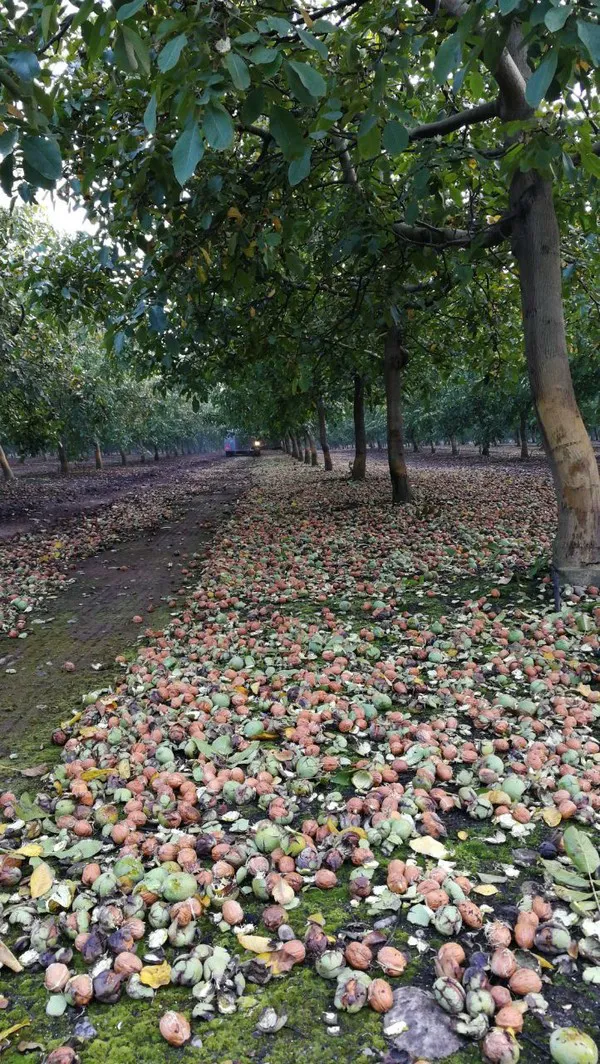
"China is the world's leading producer of walnuts, with almost one million tons, but the country hasn't traditionally exported much. However, in 2020 it increased its shipments to 123,000 tons and in 2021 to 215,000. The situation in the shelled walnut market is a little more difficult, but that's not the case for the cracked one. There is a fairly strong demand in our main market, the European Union, and that is very important for Chile."
"It should be recalled that last year, Chilean walnut exports to Europe accounted for almost 50% of the total; 60% in the case of Valbifrut, while the rest of our company's exports went to markets such as.
Brazil, India, Japan and Korea.
10,000 tons exported
Karl Samsing has been actively involved for years in the development of Chile's nut industry. From his position as president of the Walnut Exporters Association, he helped boost the quality and food safety standards that have been a large part of Chile's success and its worldwide positioning in the global walnut market.
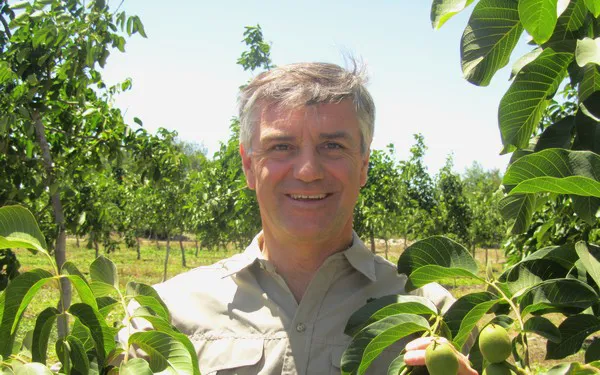
Karl Samsing, CEO of Valbifrut.
"After working for 20 years in the Chilean salmon industry, I started working in the nut sector. When I acquired Valbifrut 17 years ago, Chile was producing 10,000 tons and today we produce more than 150,000 tons. My estimate is that 5 years from now, Chile will exceed 200,000 tons. In recent years, the acreage has been expanded by between 3,000 and 4,000 hectares per season, so we will reach a plateau, since today walnuts are offering normal to low profitability, surpassed by crops like cherries or avocados."
"Valbifrut has grown from the 50 hectares that the company initially cultivated to 700 hectares, with 600 of these devoted to walnuts and the other 100 to almonds of the Spanish Guara variety, which we grow in different regions of the country. Our total production, taking into account both our own and that which we acquire from other Chilean producers, amounts to 10,000 tons."
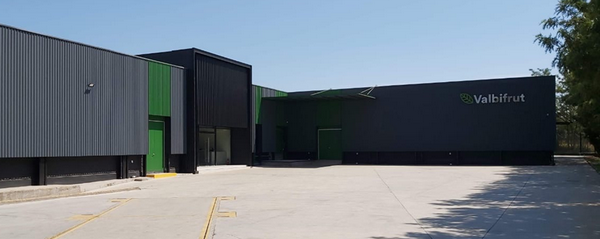
The company's headquarters
"Today we account for 7% of the Chilean production, but our goal is to continue growing (always hand in hand with the exporter Valbifrut) in the field of mechanical walnut cracking, with which we provide added value to our production, and which differentiates us from other Chilean exporters, representing up to 10% of the national total," says Karl.
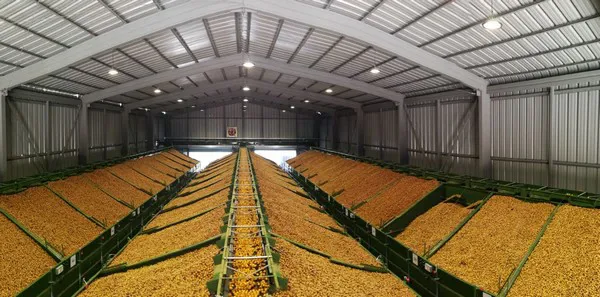
"We are investing in sorting technology to guarantee food safety and the quality of our nuts, upholding the standards imposed by the demanding destination markets for our products. We are investing in sorting technology to guarantee the food safety and quality of our nuts and maintain the highest possible standards throughout the season."
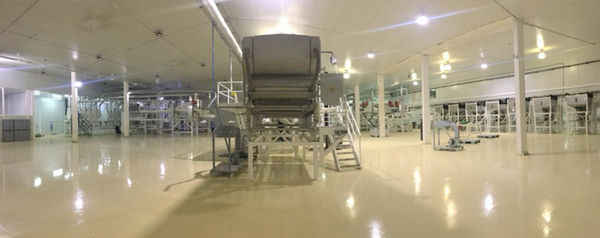
 For more information:
For more information:
Valbifrut
Santa Adela 599, Buin, Chile
Tel.: +56 22 8211911
[email protected]
www.valbifrut.cl
